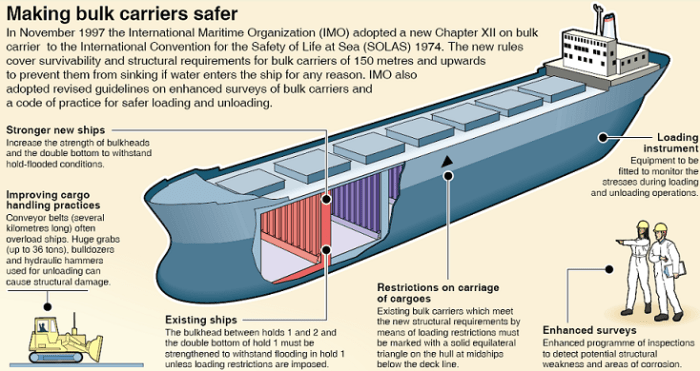How are bulkheads different than baffles? This question delves into the distinct roles these structures play in various applications, revealing their contrasting designs, materials, and functionalities.
Bulkheads, as sturdy barriers, safeguard against water intrusion and structural integrity, while baffles, with their intricate configurations, control fluid flow, reduce noise, and enhance performance. Their diverse applications span marine vessels, buildings, industrial settings, fluid systems, air ducts, and more.
Comparison of Bulkheads and Baffles

Bulkheads and baffles are both structural elements used in various applications, but they differ in their primary functions and structural designs. Bulkheads are primarily used to divide or separate spaces, while baffles are used to control the flow of fluids or air.
Bulkheads are typically rigid structures, while baffles can be either rigid or flexible.
Structural Designs and Materials
Bulkheads are typically constructed from solid materials such as steel, aluminum, or concrete. They are designed to withstand significant forces, including water pressure, impact loads, and fire. Baffles, on the other hand, are often made from lighter materials such as plastic, fabric, or metal mesh.
They are designed to be flexible and movable, allowing them to adjust to changes in fluid or air flow.
Applications of Bulkheads and Baffles

Bulkheads are commonly used in marine vessels to divide the hull into watertight compartments. They are also used in buildings to separate different rooms or areas, and in industrial settings to create safe and isolated workspaces. Baffles are used in fluid systems to direct and control the flow of liquids or gases.
They are also used in air ducts to regulate airflow and reduce noise levels.
Examples of Applications
* Bulkheads:Ship hulls, building walls, industrial partitions
Baffles
Fluid pipelines, air conditioning ducts, noise barriers
Design Considerations for Bulkheads and Baffles
The design of bulkheads and baffles depends on their specific applications and performance requirements. For bulkheads, factors such as strength, watertightness, and fire resistance must be considered. For baffles, shape, size, and placement are important factors to optimize their effectiveness.
Bulkhead Design Considerations
* Strength: Bulkheads must be able to withstand the forces they will be subjected to.
Watertightness
Bulkheads in marine vessels must be watertight to prevent flooding.
Fire resistance
Bulkheads in buildings must be fire-resistant to contain the spread of fire.
Baffle Design Considerations
* Shape: The shape of the baffle affects its ability to control flow.
Size
The size of the baffle determines the amount of flow it can redirect.
Placement
The placement of the baffle is critical for optimizing its performance.
Installation and Maintenance of Bulkheads and Baffles

The installation of bulkheads and baffles requires specialized knowledge and techniques. Bulkheads are typically welded, bolted, or sealed into place, while baffles can be installed using a variety of methods depending on their design. Both bulkheads and baffles require regular inspections and maintenance to ensure their integrity and performance.
Installation Procedures, How are bulkheads different than baffles
* Bulkheads:Welding, bolting, sealing
Baffles
Varies depending on design (e.g., mounting, hanging)
Maintenance Requirements
* Regular inspections: To identify any damage or deterioration.
Cleaning
To remove debris and ensure proper operation.
Repairs
To address any issues that may arise.
FAQs: How Are Bulkheads Different Than Baffles
What is the primary difference between bulkheads and baffles?
Bulkheads are solid barriers that prevent water or gas passage, while baffles are perforated or shaped structures that control fluid flow or reduce noise.
Where are bulkheads commonly used?
Bulkheads are found in marine vessels to compartmentalize and ensure watertight integrity, as well as in buildings and industrial settings for structural support and fire resistance.
What are the design considerations for baffles?
Baffles are designed based on their intended function, considering factors such as shape, size, placement, and material to optimize fluid flow or noise reduction.